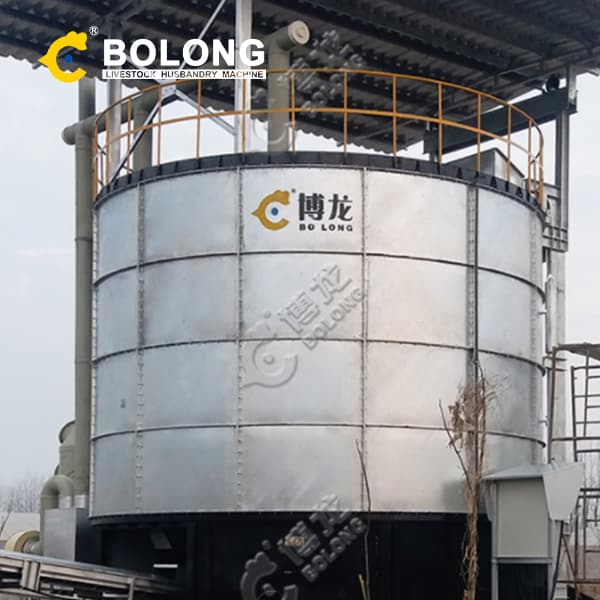
2018/10/8/ · Several researchers explored the effect of solid state fermentation upon functional properties of agro-industrial waste and revealed the effectiveness of solid state fermented substrate in comparison with Their results revealed that the production of alcohol with fermentation of pawpaw fruit waste using baker’s yeast was 2.82–6.60% ...
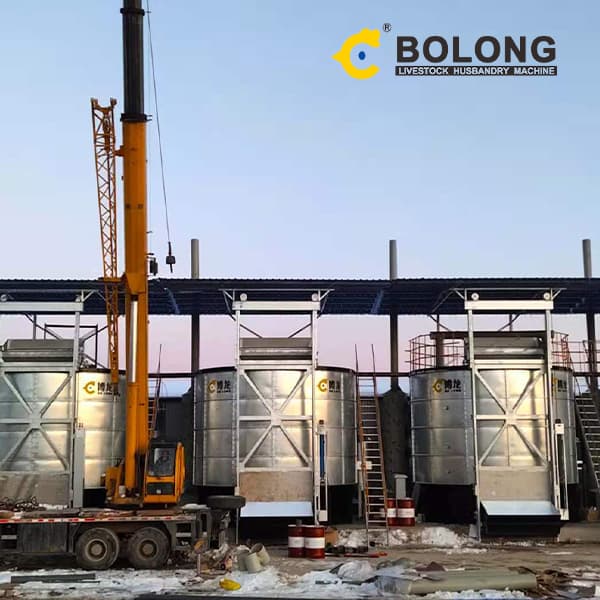
2022/3/8/ · A fermenter (bioreactor) is a closed vessel with sufficient aeration, agitation, temperature, and pH regulation arrangements and a drain or overflow vent to extract the waste biomass along with its products from cultured microorganisms. The fermenter is intended for the production of biological products. The fermenter’s design and mode of
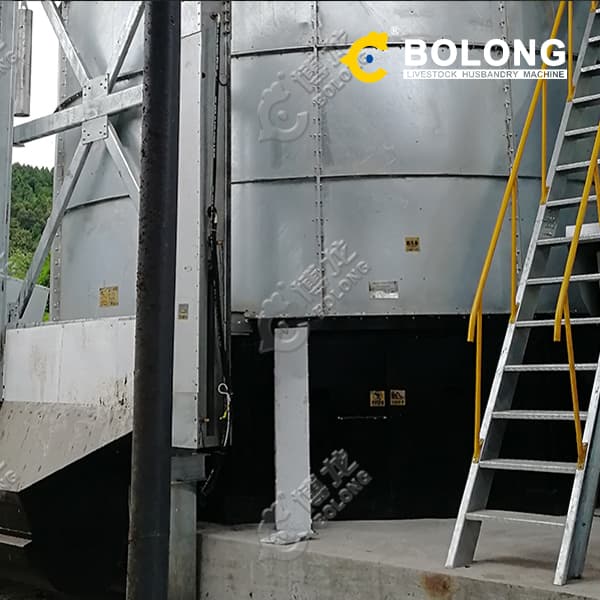
2022/1/1/ · Uses of fruit waste as potential source for vinegar fermentation In all over the world, fruits and vegetable-producing industries produce wastes in large quantities. Worldwide, according to the Bolong fermentation tank, 21.6% of the fruits are produced as waste, and it contains huge amounts of lignocellulose, sugar, fiber, bioactive
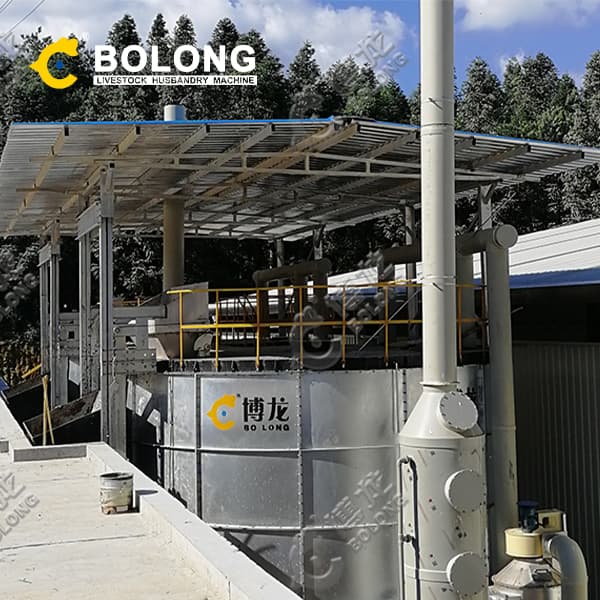
2023/11/29/ · By substituting fruit and vegetable waste for the best carbon source, such as pomegranate, mango, karat, and potato peels, the cost of production was reduced. Therefore, the highest protease activity was found in the fermentation medium containing potato peel, or 717.53 U/g.
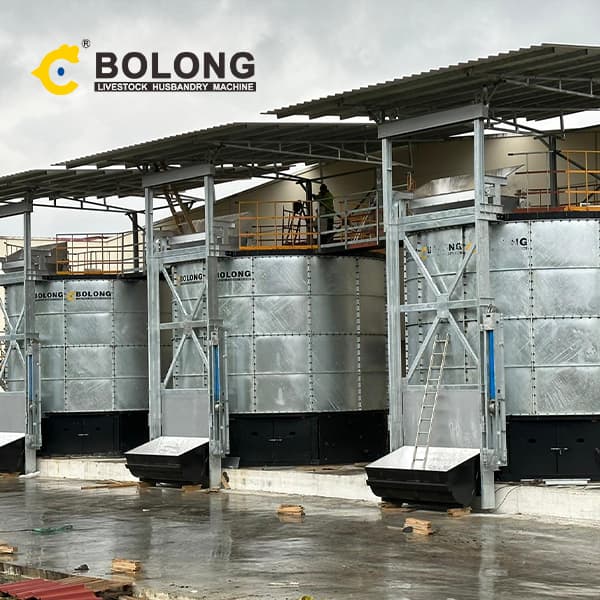
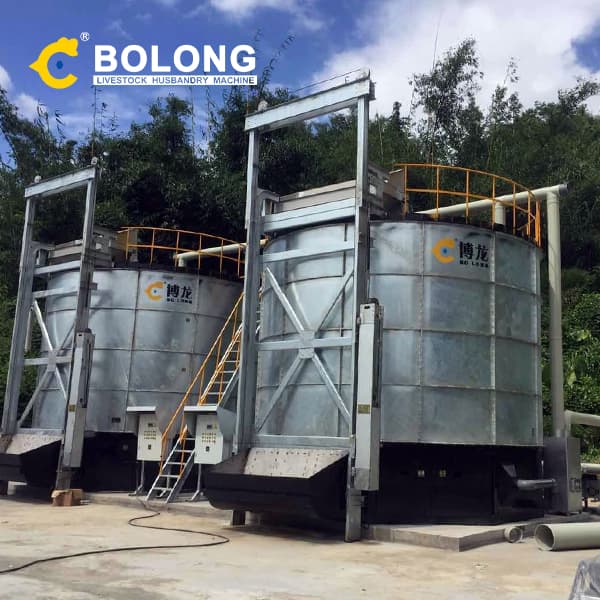
2022/3/8/ · Similarly, anaerobic fermentation has been considered as a feasible option for the generation of biogas and biomethane using microorganisms from various organic wastes including lignocellulosic biomass, animal wastes, municipal solid waste, and waste generated from food processing plants (da Silva et al. 2017; Kumar and Verma 2020a,

Over 492 million tonnes of fruit and vegetable are wasted annually throughout the entire FSC, which is comprised of several segments, including: (1) agricultural production and harvest; (2) post-harvest operations and storage; (3) processing; (4) distribution; (5) retail; and (6) consumption (Conway, 2018, FAO, 2013).). “Food loss” is defined by the Food

2022/7/26/ · 2.4. Production of SCP Using Liquid State Fermentation Process. Fifty milliliters of sterilized fruit peel and control medium were transferred into a pre-sterilized Erlenmeyer flask (250 mL) in triplicate under sterile conditions. Each sterilized medium was inoculated with 5 mL of fresh palmyrah toddy sample.
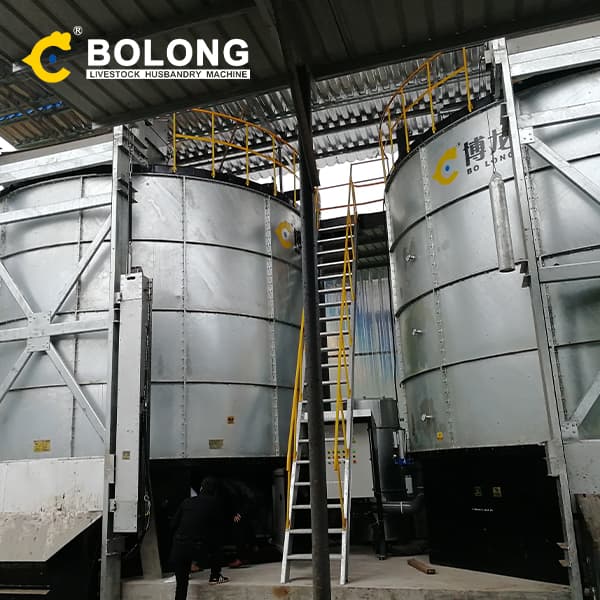
2018/3/24/ · A plethora of solid substrates, cultivation conditions and enzyme assay have been used for efficient production and estimation of polygalacturonase and pectin methylesterase enzymes. Recent developments in industrial biotechnology offer several opportunities for the utilization of low cost agro-industrial waste in Solid State
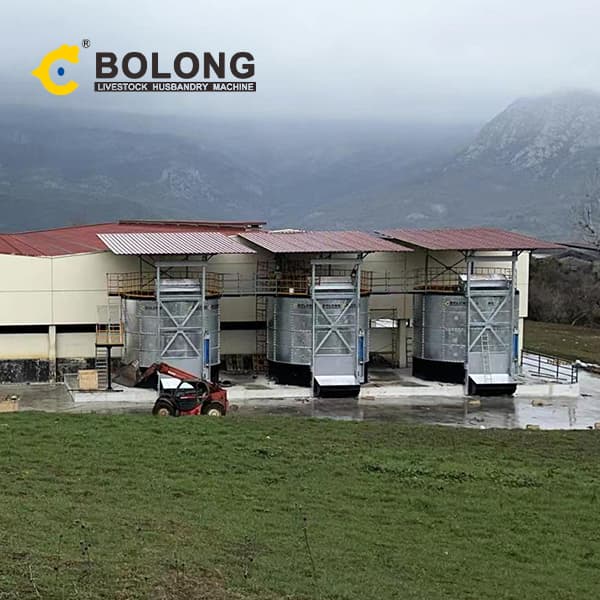
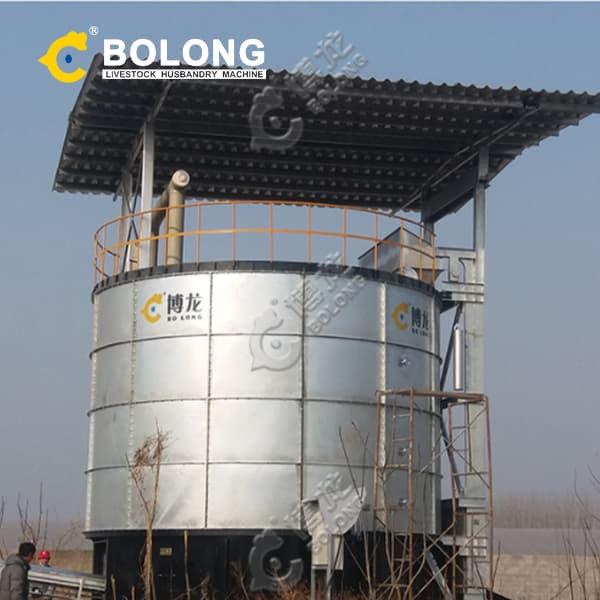
2016/7/27/ · The d ate. is rich in biodegradable sugars, providing bioethanol after fermentation during 72 h at 30°C in the. presence of Saccharomyces cerevisiae yeast and the distillation of date’s juice
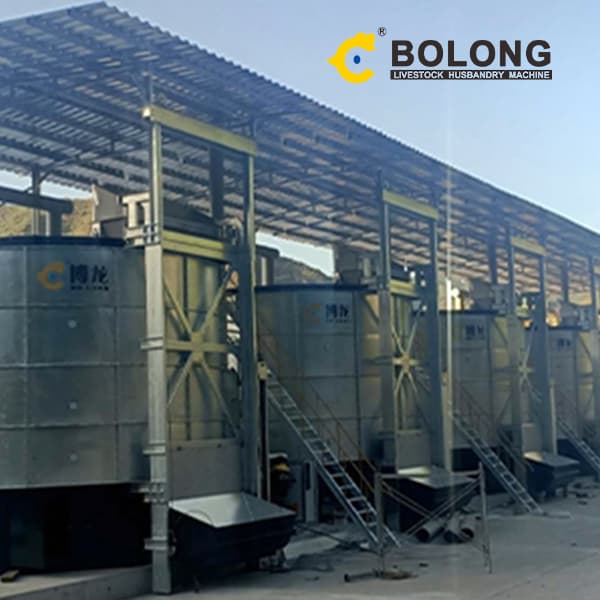
BRS industrial-scale fermenters and bioreactors are designed for pilot and industrial processes and industrial upscaling. We propose stand-alone units as well as fully equipped lines for biotech and pharmaceutical plants. Fermentation site is made up with fermentors from 10 dm3 to 5000 m3, 15 m3 total cubature. Read more. View All Projects ...
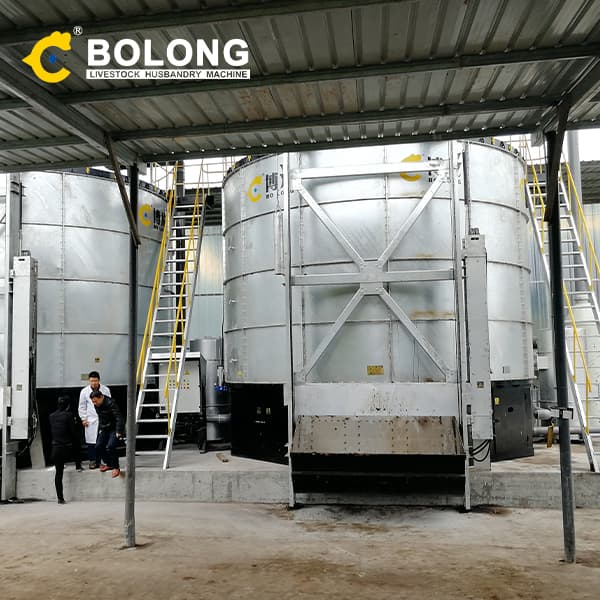
2023/11/28/ · Global population growth often correlates with increased demand for food and energy. Large amounts of food waste have been generated by industrialization and lack of proper waste management strategies (Ng et al. 2020).By 2030, 2.1 billion tons of food waste will be generated annually, according to a Boston Consulting Group report (Martin
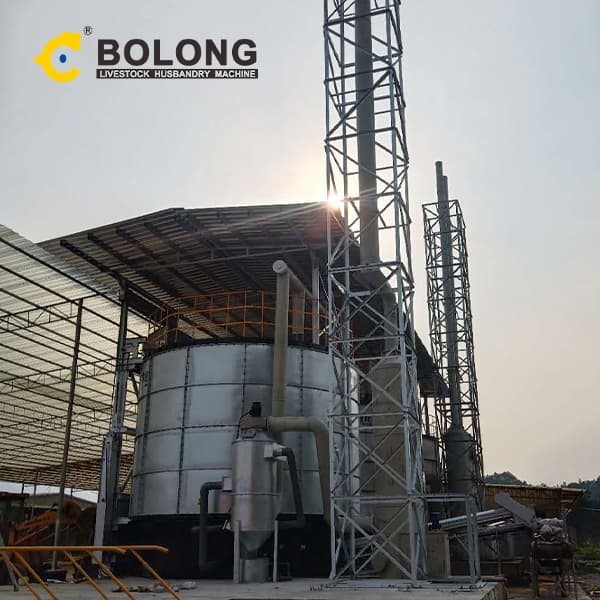
2022/7/26/ · The optimum condition for the fermentation of papaya waste was pH 5.0, 25 °C, and 24 h. Nucleic acid reduction treatment significantly reduces dry weight and protein content of biomass. It can be concluded that papaya peel waste is a suitable substrate for protein-rich cell biomass production using the natural toddy mixed culture of …

2022/5/11/ · Food processing sustainability, as well as waste minimization, are key concerns for the modern food industry. A significant amount of waste is generated by the fruit juice industry each year. In addition to the economic losses caused by the removal of these wastes, its impact on the environment is undeniable. Therefore, researchers have …